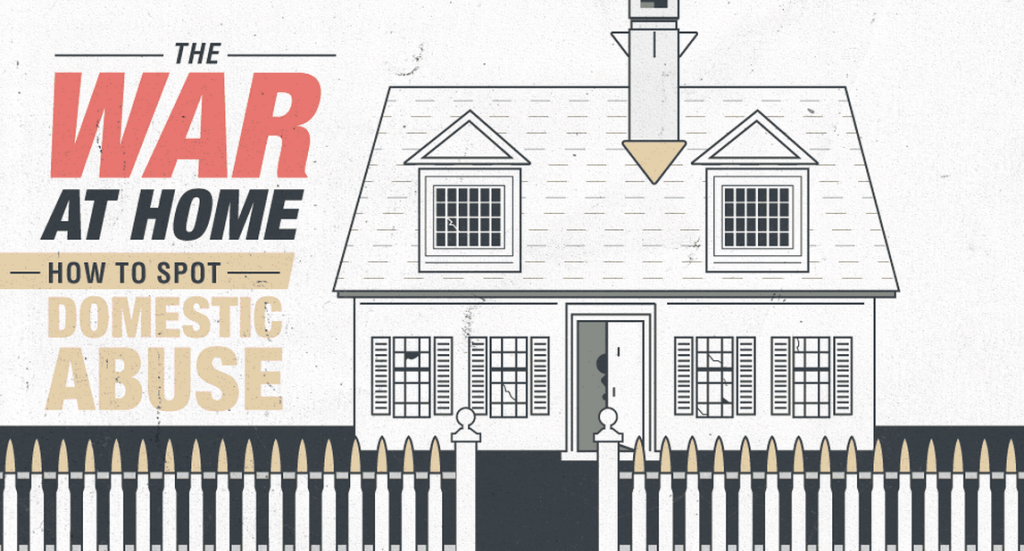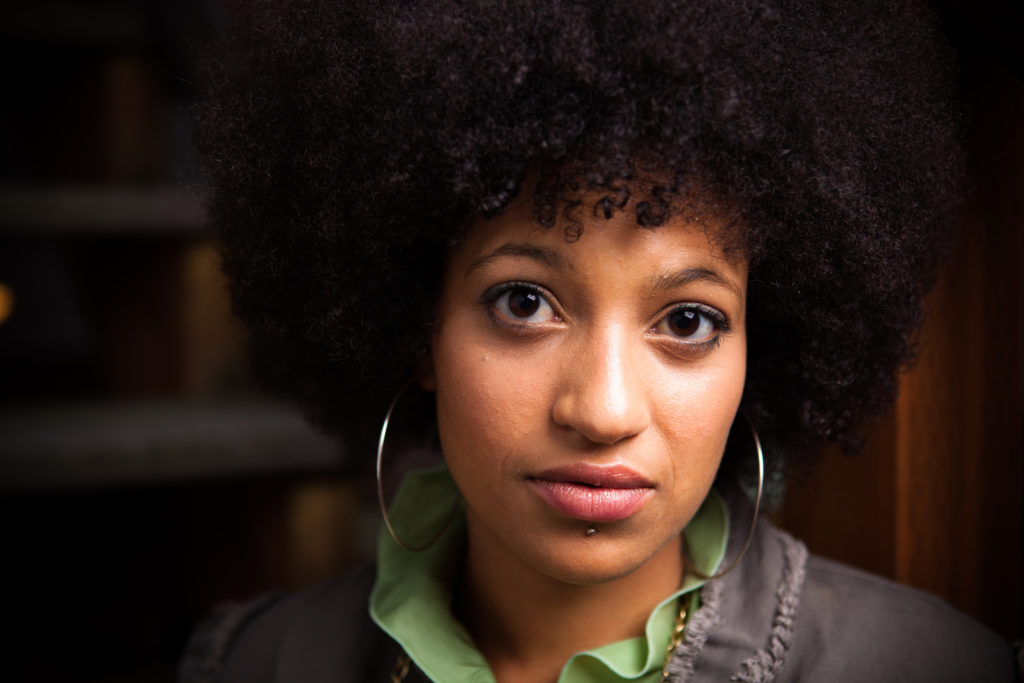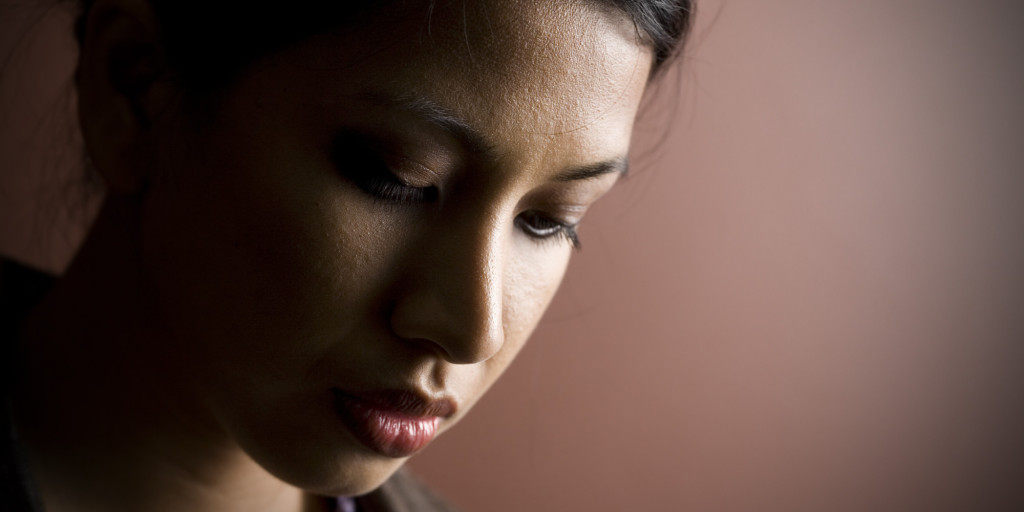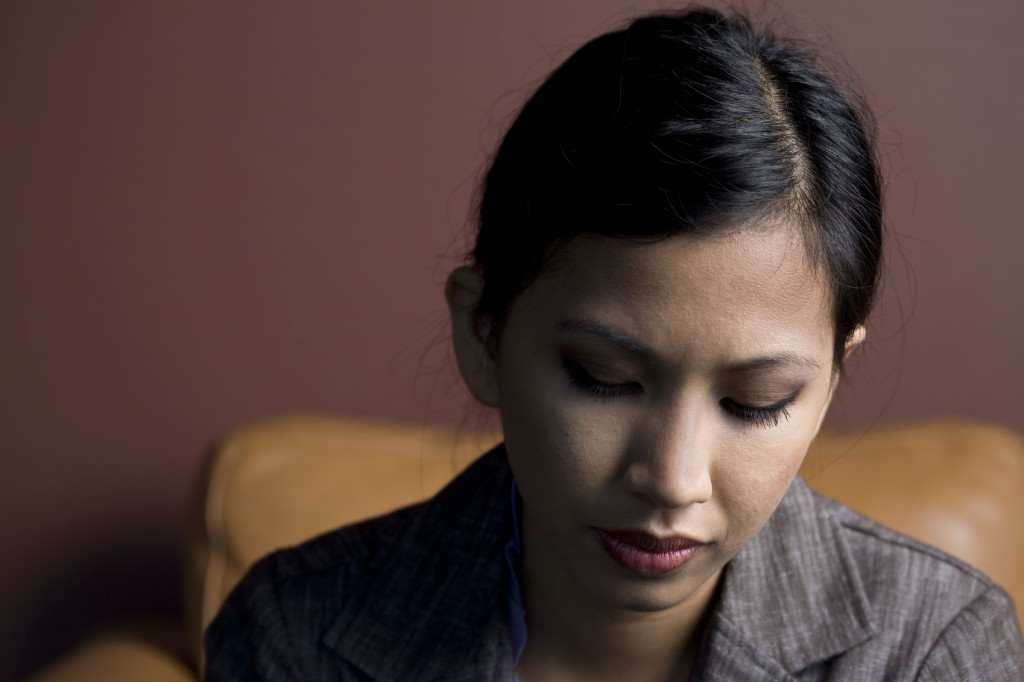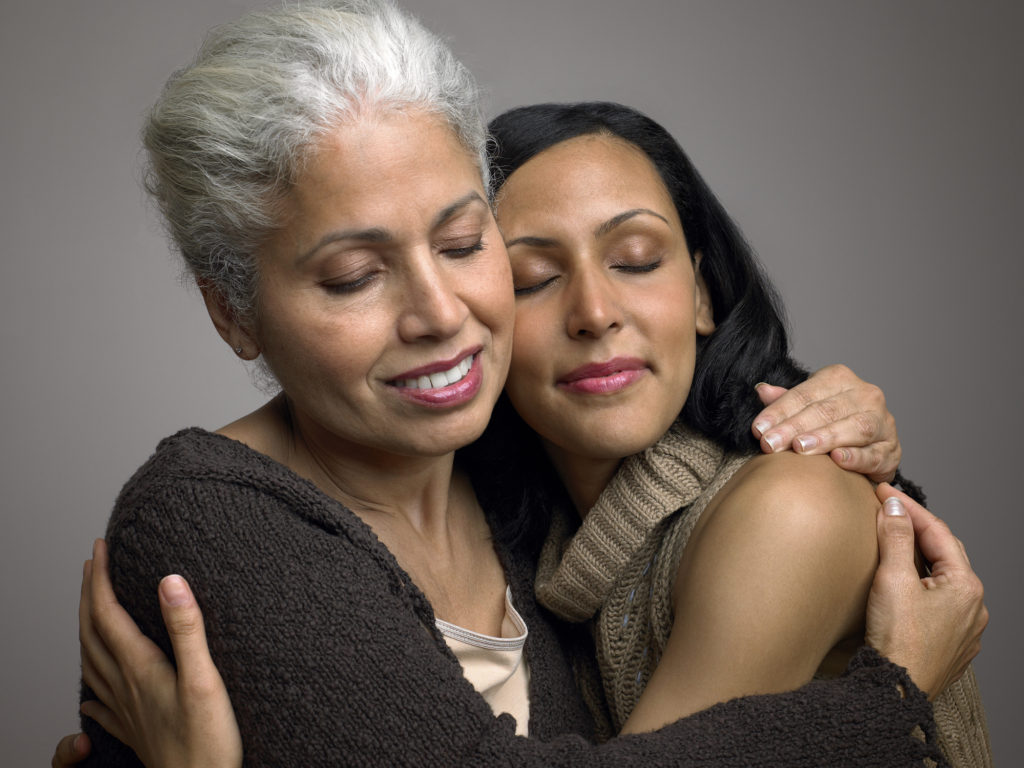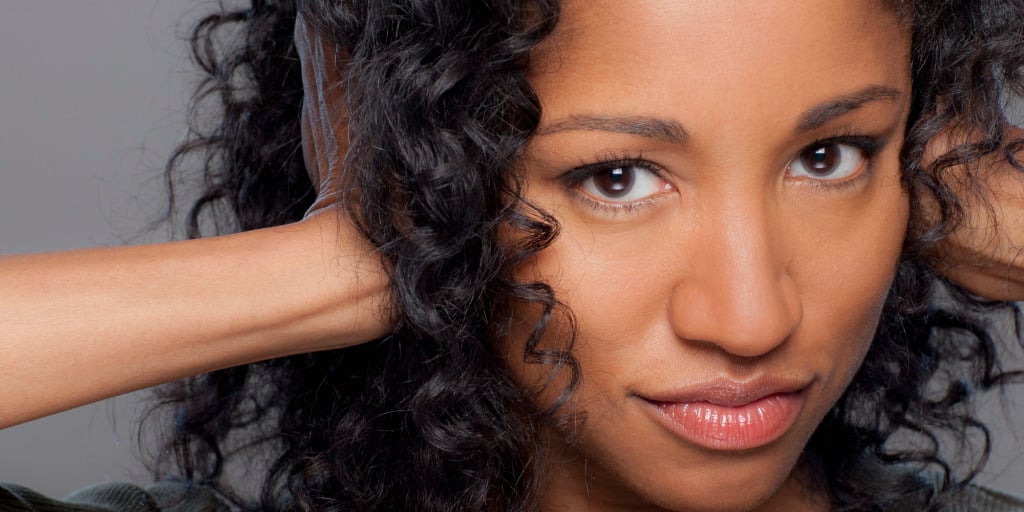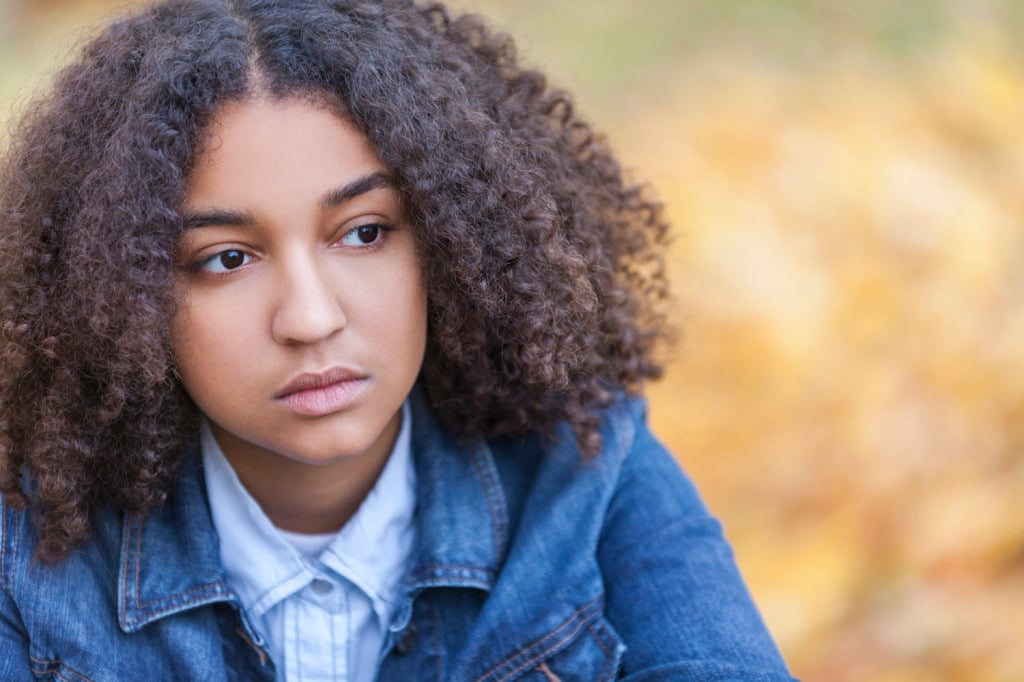Search results for: intimate partner violence
4 Ways to NOT Respond to Celebrity Intimate Partner Violence
“Why didn’t she just leave?” With Johnny Depp and Amber Heard as the latest high-profile domestic violence case, people are spreading damaging myths.
Read MoreHow to Recognize and Respond to Intimate Partner Violence
Our culture tells us that intimate relationships should be private. On too many occasions, that privacy hides violence and abuse. This infographic not only shares critical statistics, it also provides strategies for recognizing abusive relationship patterns, suggestions/resources for support, and examples of healthy relationship qualities.
Read More7 Reasons to Be Good to Yourself After Intimate Partner Violence
#4: “A lot of what you’ve been conditioned to believe about yourself isn’t true.” If you’ve been abused by a partner, do yourself the favor of receiving these messages.
Read More11 Truths Every Survivor of Intimate Partner Violence Needs to Know
If you’ve been through intimate partner violence, you can probably relate to the painful messages this author has heard – both from others and herself. Here’s the healing truth you deserve instead.
Read More5 Common Ways Our Communities Fail to Address Intimate Partner Violence
What this author witnessed is far too common – and what’s worse is that so many of us in social justice groups don’t know how to respond as bystanders to partner violence. Are any of these familiar to your community?
Read More4 Myths About Intimate Partner Violence in Lesbian Relationships
The idea that intimate partner violence occurs in lesbian relationships may seem ridiculous. But this belief isn’t only false; it’s damaging. It can prevent lesbians from seeking help when they are in an abusive relationship. After all, who’s going to believe them? Here are four myths about IPV in lesbian relationships that can prevent women from seeking help.
Read More‘Don’t Make Us Look Bad’: The Invisibility of LGBTQIA+ Intimate Partner Violence
We’re taught that a “normal” relationship has a cisgender man and a cisgender woman. Same with a “normal” case of intimate partner violence. But reports of LGBTQIA+ intimate partner violence are on the rise. So why is LGBTQIA+ IPV so invisible? Let’s survey the scene, and get some essential guidelines for giving safe and affirming support to LGBTQIA+ IPV survivors.
Read More5 Reasons Everyone Can Help End Intimate Partner Violence By Learning About Abuse
If you don’t think intimate partner violence has anything to do with your life, think again. Here’s why everyone – including you – needs to know about abuse.
Read More6 Things I Learned About Dating After I Survived Intimate Partner Violence
Can you relate to how this author approached dating after intimate partner violence and sexual violence? Every survivor is different, but maybe some of these lessons can help you learn about your healing, too.
Read MoreStop Asking Already: 6 Reasons Why Intimate Partner Violence Survivors Stay in Their Relationships
Do you think ending a relationship with an abusive partner is just a matter of packing up and leaving? Many do but it’s not that simple. We need to abandon the idea if we want to help survivors feel empowered. Here’s six reasons why survivors might stay in their relationships, and why we should stop shaming people who are in need of our support.
Read MoreThese Haunting Posters Break the Silence on Disabled Women with Abusive Partners
When you imagine a survivor of intimate partner violence, does a certain type of person come to mind? IPV can happen to all types of people, but many get left out of the conversation – including disabled women.
Read MoreThese Are the IPV Myths Holding Us Back From Helping LGBTQIA+ Survivors
We’ve got to wake up to the fact that intimate partner violence can affect people of any gender or orientation. When you see how these myths have affected your perceptions, you’ll know exactly why.
Read More3 Reasons Prison Injustice Is a Feminist Issue That Needs Our Attention Now
Care about domestic abuse, sexual violence, and healthcare? Struggles like these have long been part of feminist movements, and it’s time to recognize that we need to fight prison injustice to take them on. With this article, learn about the appalling truth of how the prison system viciously hurts feminist causes, and get to the root of the issues you care about.
Read More3 Sexist Ideas About Women’s Roles That Impact the Way We Treat Them as Survivors
You might be surprised to find your own ideas here. If you do, it’s time for a major change.
Read MoreFamily Violence Doesn’t Discriminate – But Biased Systems Do
(Trigger Warning: Intimate partner violence, sexual assault) Family violence affects people of all backgrounds. So don’t all survivors deserve support? With her story, one woman exposes the terrible truth about the racism and stigma aboriginal survivors face when they try to pursue safety and justice. Read her powerful story of surviving intimate partner and sexual abuse, and let’s advocate for justice for all survivors.
Read More7 Things You Can Do If Your Friend Gets Back with Their Abusive Ex-Partner
It can be so scary and unsettling if someone you care about gets back with an abusive partner – but it happens more often than you might think. Here’s what to do.
Read More3 Ways to Keep Yourself Safe When You’re Not Ready to Leave Your Abusive Partner
When she was being abused, she only found advice on how to leave an abusive partner. But if you’re not ready to leave, here are some tips on how to care for yourself in these difficult times.
Read MoreWhy I Stayed With An Abusive Partner – And How Emotional Abuse Gave Me PTSD
Myths about intimate partner violence include thinking survivors should “just leave,” and doubting whether emotional abuse is “enough” to give someone PTSD. This author’s story puts those myths to rest.
Read MoreDoes IPV Offender Treatment Work? 6 of Your Most Common Questions Answered
Ever wonder why we should bother helping abusers, or what helps them change? Here are some answers from inside intimate partner violence offender treatment.
Read More6 Awful Things That Happen When We Think ‘Good’ People Can’t Be Rapists or Abusers
Whether they’re celebrities or people we know, we tend to believe “good” people are nothing like the “monsters” who rape and abuse. But here’s why we need to drop this idea – for survivors, for community, and for yourself.
Read More


